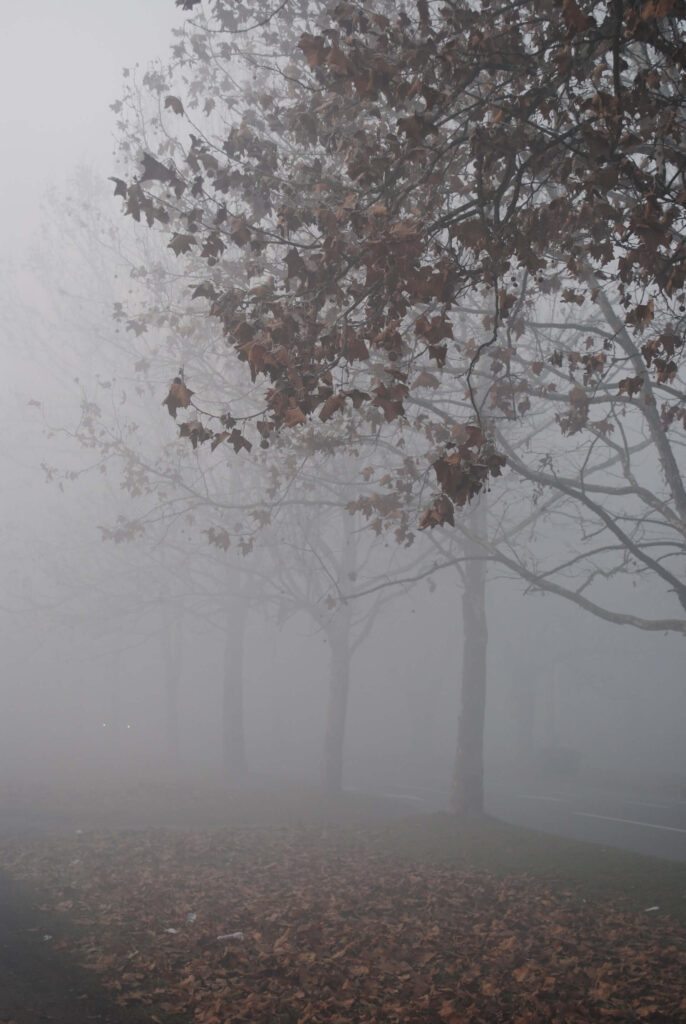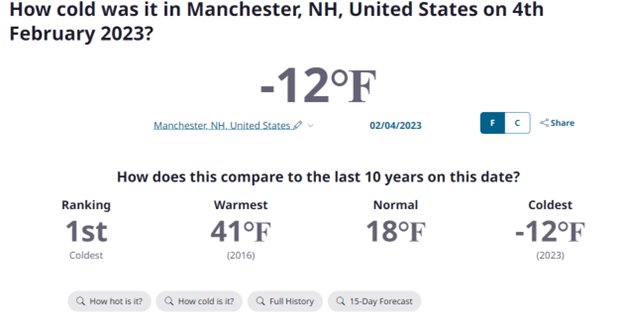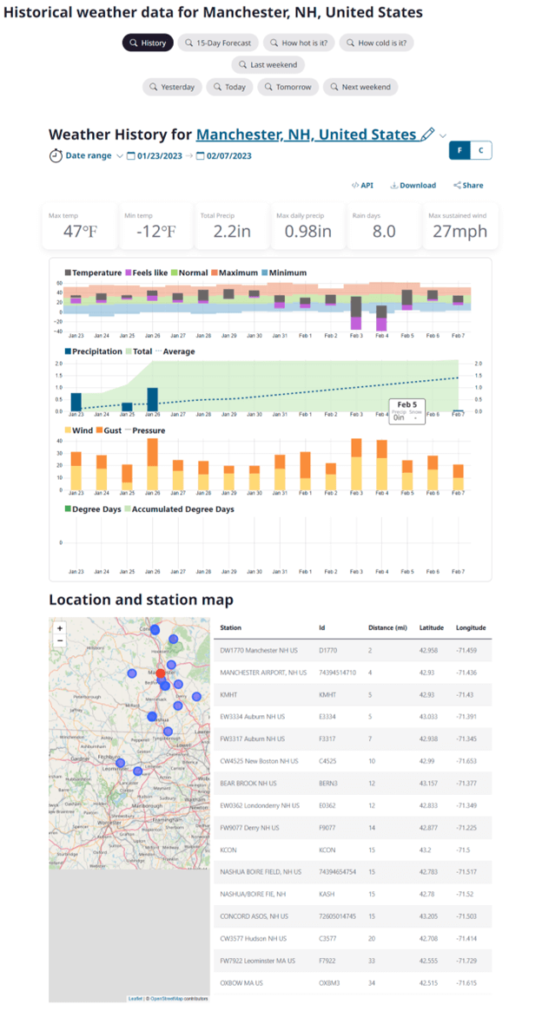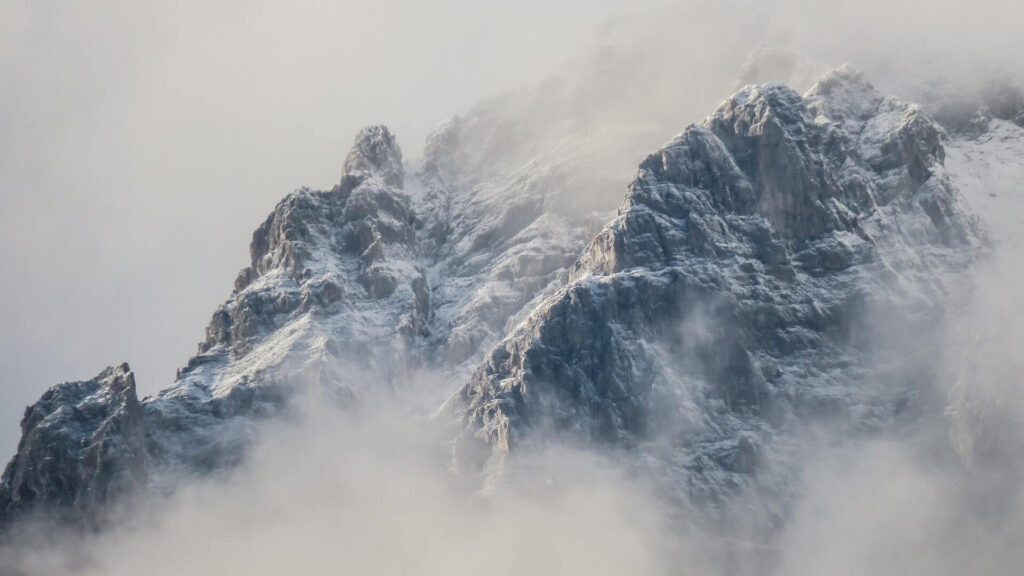On Saturday, the Northeastern US experienced life-threatening conditions due to a deadly combination of record-low temperatures and strong winds.
Currently, the Northeastern United States is dealing with severely chilly weather. Low wind chills and below-freezing temperatures have prompted warnings from the National Weather Service in several regions. To help residents who are affected by the cold, many cities and municipalities have shuttered their schools and built temporary shelters. Due to the severe weather, some ski resorts have also reduced their hours of operation. The chilly spell, meanwhile, should only last a few days because rising temperatures are forecast for the following few days.
On Saturday, the northeastern United States was hit by a dangerous mixture of historic cold temperatures and intense winds, leading to life-threatening conditions and resulting in the death of an infant in Massachusetts.

Overnight, Mount Washington in New Hampshire recorded the lowest wind chill in the United States, reaching a temperature of minus 108 degrees Fahrenheit (-78°Celsius). The air temperature at the peak reached freezing minus 47 degrees Fahrenheit (-44°Celsius), with winds gusting at a speed of nearly 100 miles per hour (160 kilometres per hour), as reported by the Mount Washington Observatory.
According to a statement by the Hampden district attorney, the strong winds caused a tree to fall onto a car in Southwick, Massachusetts, resulting in the crushing of the vehicle and the death of an infant passenger. The driver was taken to the hospital with serious injuries. The mother of the infant, 23 years old, suffered severe injuries. The information regarding the baby’s gender and age was not disclosed immediately.
The National Weather Service (NWS) reported that Boston saw a low temperature of minus 10 degrees Fahrenheit (-23°Celsius) on Friday, breaking the previous record set over a hundred years ago. Due to the harsh weather conditions causing a risk of hypothermia and frostbite, schools in Boston and Worcester, the two largest cities in New England, were closed on Friday. As a result, Mayor Michelle Wu of Boston declared a state of emergency and made warming centers available to assist the over 650,000 residents of the city until Sunday.

In Providence, Rhode Island, the temperature plummeted to minus 9 degrees Fahrenheit (-23°Celsius), surpassing the previous all-time low of minus 2 degrees Fahrenheit.
The state of New Hampshire experienced dangerous subzero temperatures, causing many communities to endure low temperatures. The wind chill caused the temperature to drop to -15°F (-26°C) when kids were released to go home on Thursday, according to the Manchester School District in New Hampshire.


In New York, the National Weather Service’s New York office has predicted sub-freezing temperatures and wind chills reaching 10 to 15 below zero for the city and suburbs on Saturday. This has prompted the activation of a “Code Blue” alert, which calls for opening emergency shelters. Over 11,000 properties in New York state are currently without power as of early Saturday, and similarly, over 5,000 properties in Maine are facing the same issue, according to poweroutage.us.
As the Northeast braces itself against the cold, Texas and some parts of the South are beginning to recover from a deadly winter ice storm that brought along days of freezing rain, sleet, and ice, resulting in widespread power outages and hazardous icy roads. Meanwhile, the National Weather Service has announced that snow will hit parts of California overnight on Saturday. Another round of heavy snow is predicted to hit the Sierra Nevada mountains from Saturday night through Sunday.
To provide aid to those in need, Massachusetts Governor Maura Healey ordered South Station, Boston’s primary railway terminal, to stay open overnight as an emergency shelter. According to Trevisan, around 50 to 60 homeless individuals utilized the station as a place of refuge during the night.

Due to the extremely low temperatures, many ski areas had to limit their operations. Jay Peak, a ski mountain near the Canadian border in northern Vermont, closed down completely on Friday and Saturday, as the temperatures posed a threat to the staff and skiers. Fortunately, the weather is expected to improve, with significantly higher temperatures forecast for Sunday. The National Weather Service has predicted that the high temperature in Boston on Sunday will reach 47 degrees Fahrenheit (8.3 degrees Celsius).
It is crucial that residents dress warmly for the weather and take other efforts to stay warm. Furthermore, it’s critical to understand the risks associated with cold weather, including hypothermia and frostbite, and to take precautions against them.
